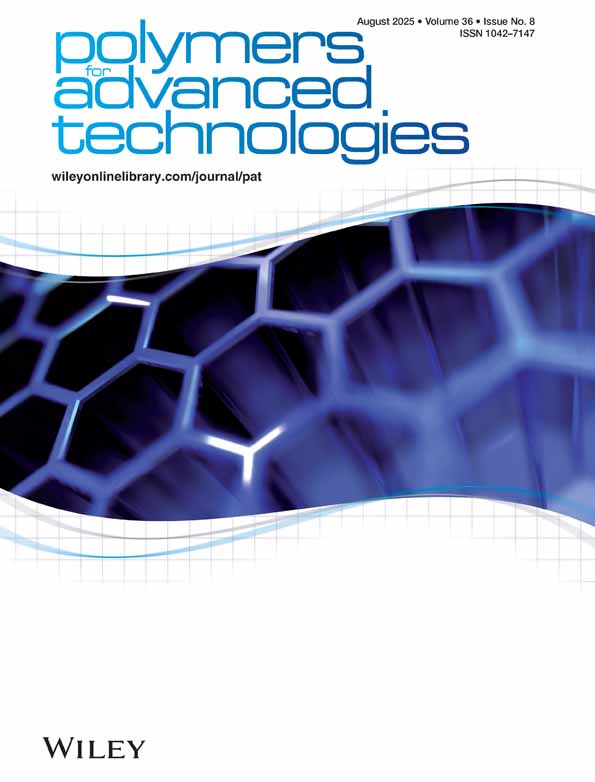A novel fabrication technique and new conjugated polymers for multilayer polymer light-emitting diodes
Abstract
We report a novel fabrication technique for multilayer light-emitting diodes composed of new polyoxadiazole, POD, conjugated polymers for the first time. The fabrication technique called vapor deposition polymerization is described. Chemical modification of monomers brought about the enhancement of reactivity and the production of high molecular weight of POD. Emission color with photoexcitation was controllable from violet-blue to green by varying the chemical structures of PODs. It was found that PODs could be employed as either electroluminescent or carrier-injecting layers by the optimization of the device structure. Two types of bilayer devices, which are constructed with POD/tris (8-quinolinoato) aluminum, Alq3, and with two POD layers with different chemical structures, were investigated. Carrier injection begins in the POD/Alq3 bilayer device near 7 V, and the device emitted green light from Alq3. The maximum luminance of the POD/Alq3 device reached 3500 cd/m2. The POD/POD bilayer device emitted blue light with maximum luminance of 21 cd/m2. Electroluminescence spectra of the devices coincided with photoluminescence spectra of each emitting material used. © 1997 John Wiley & Sons, Ltd.




